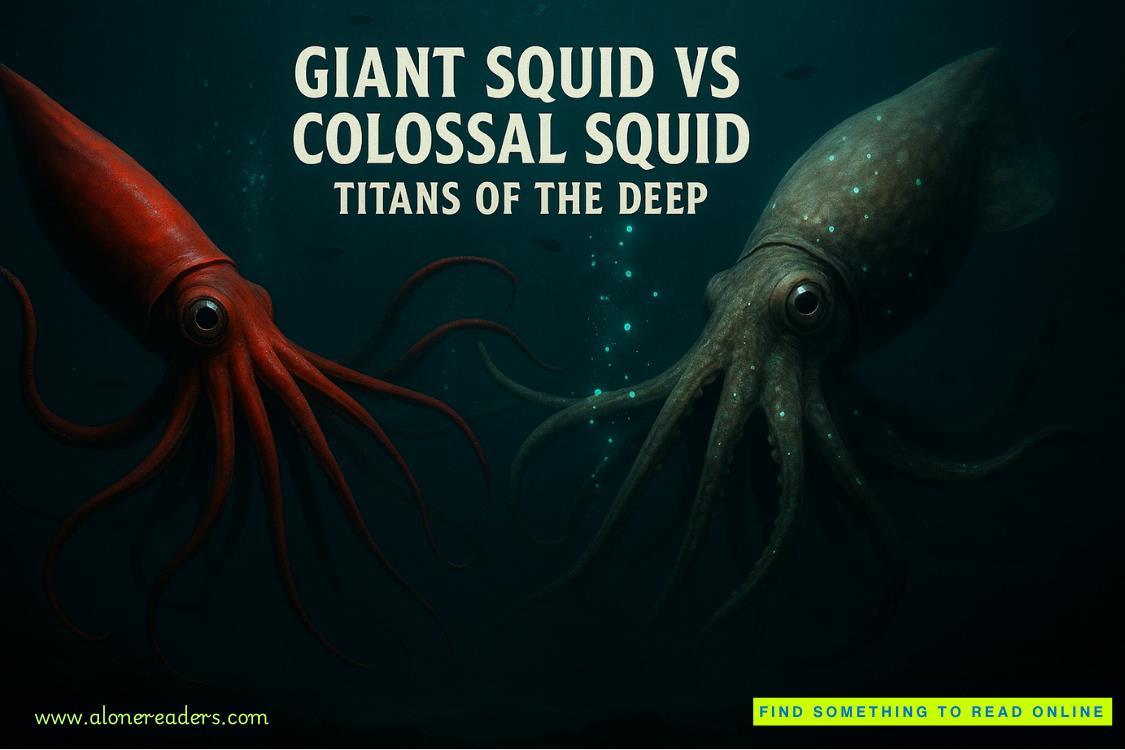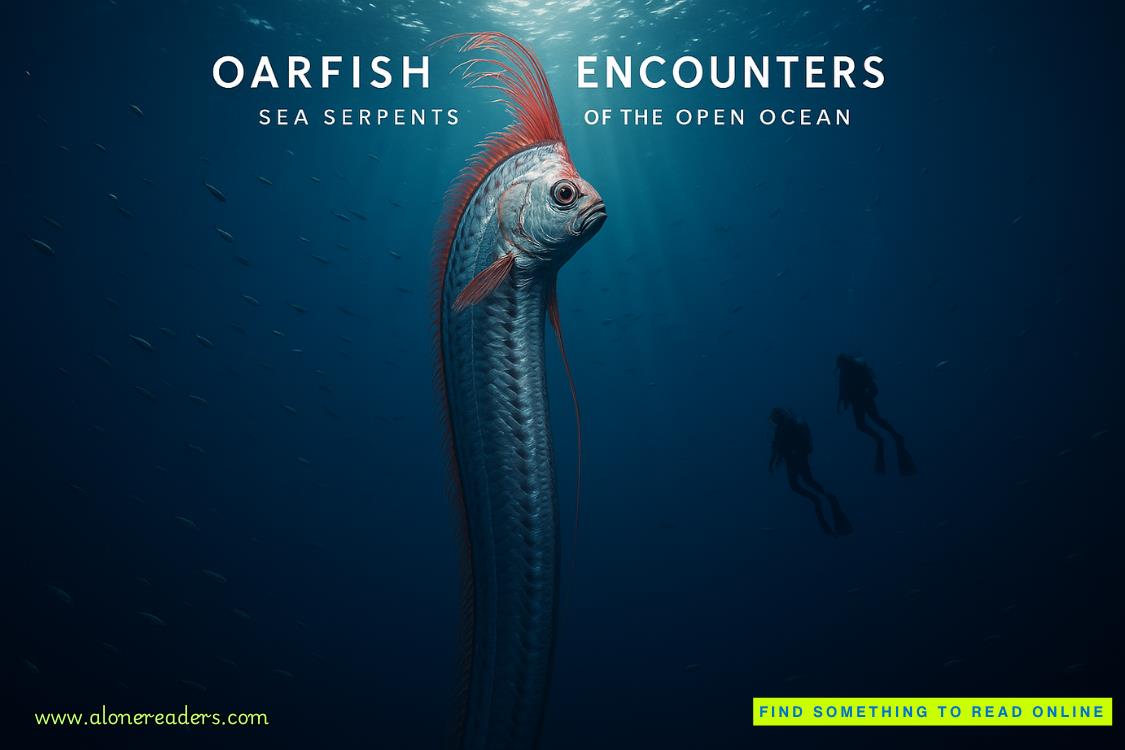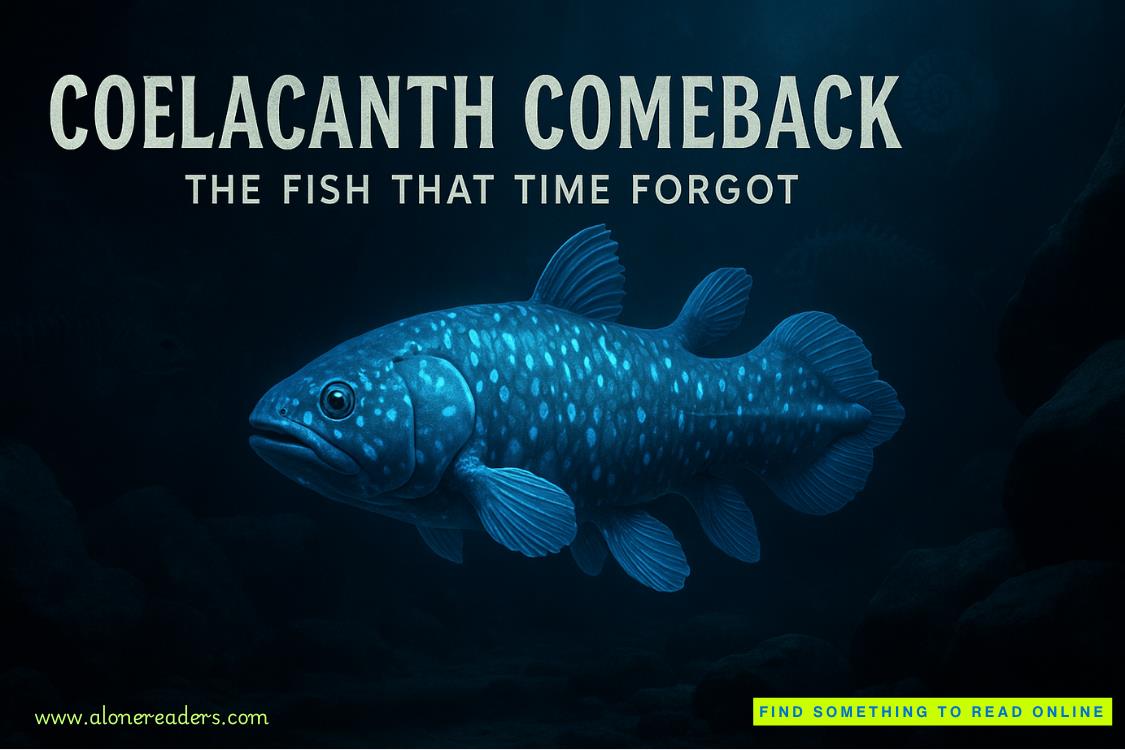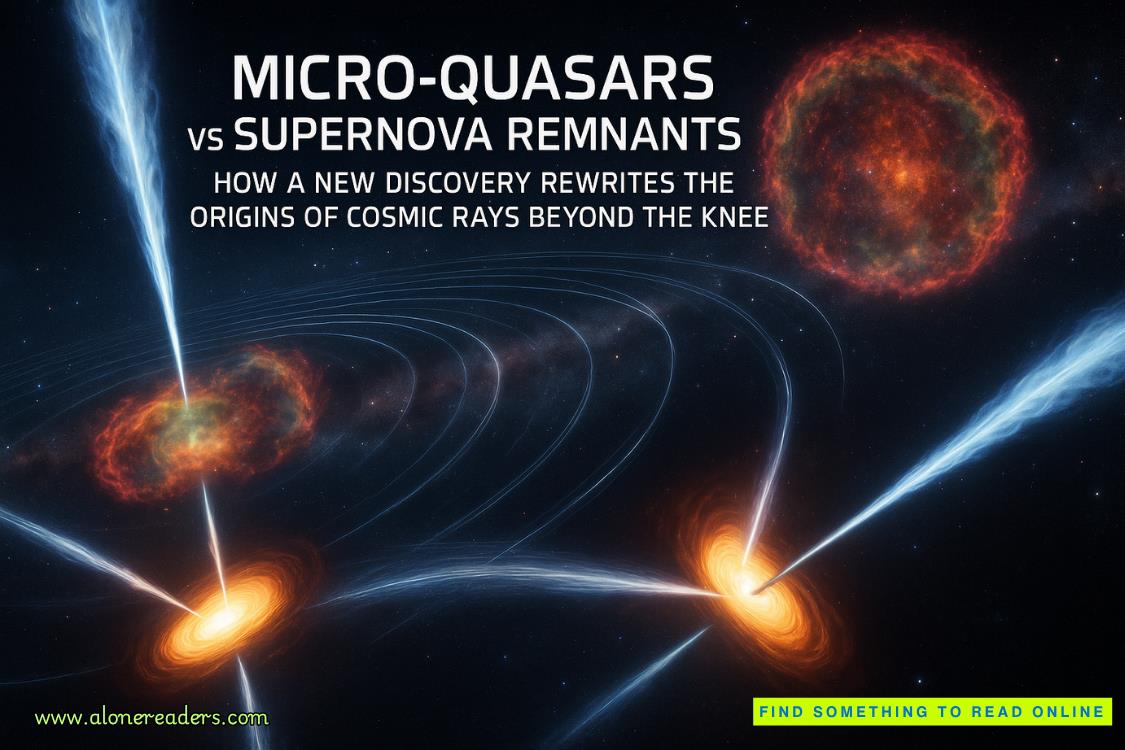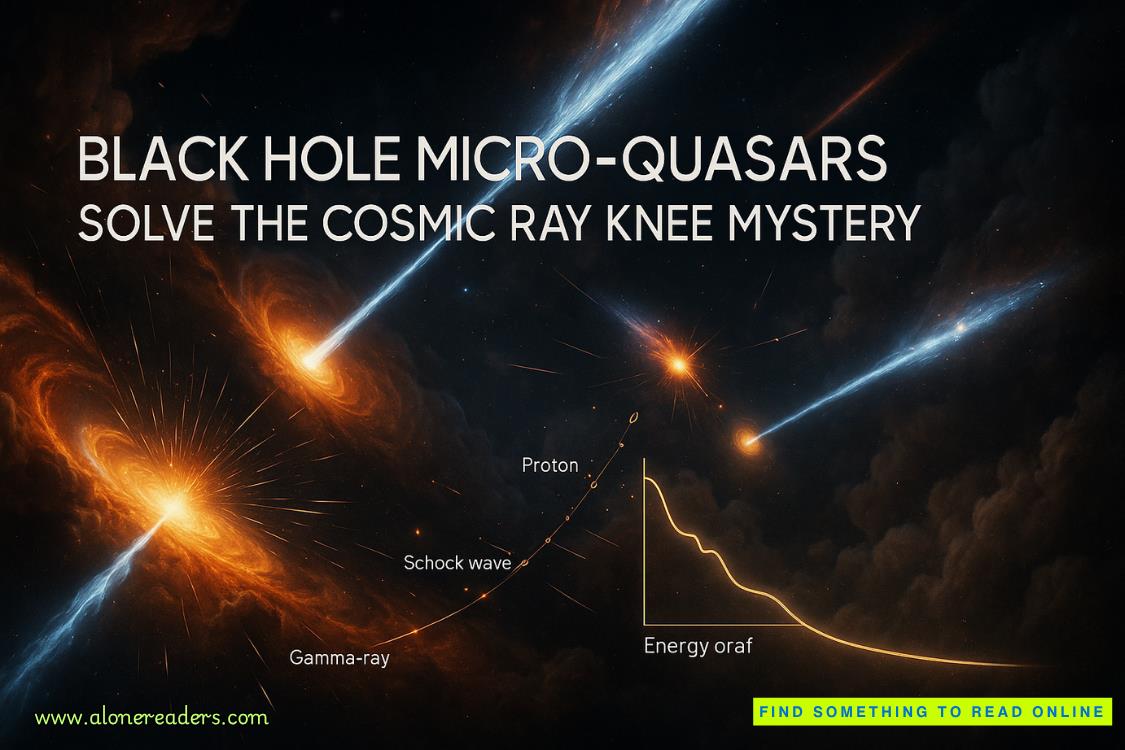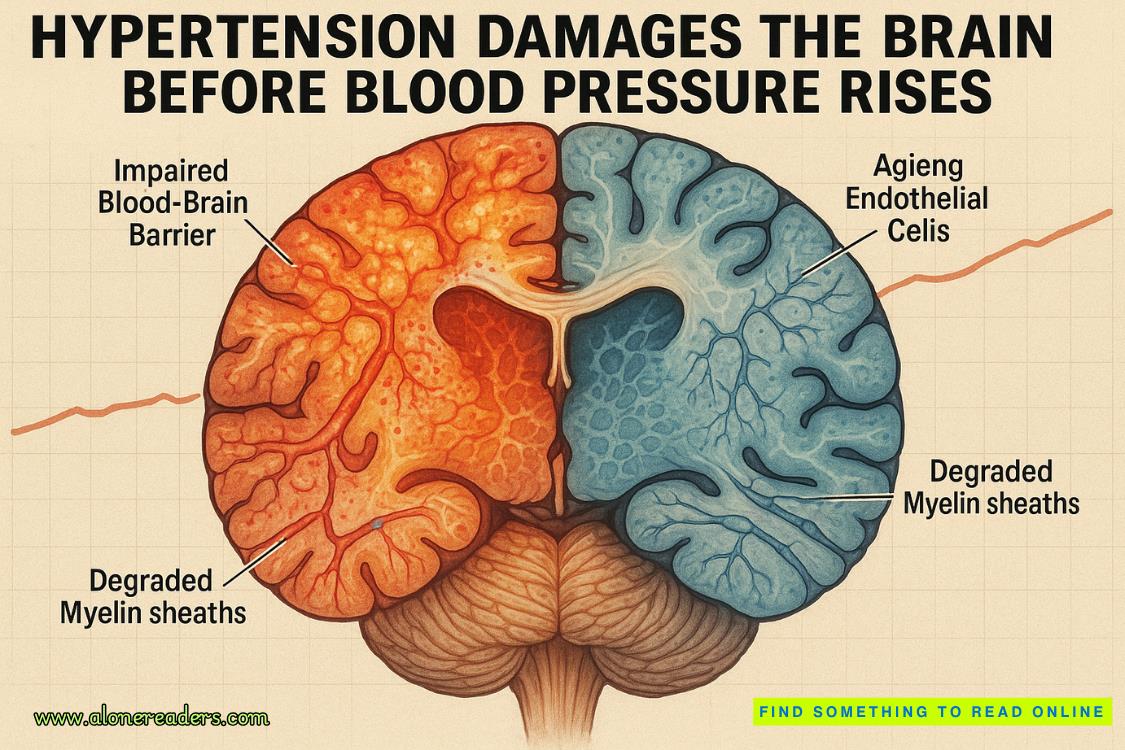Page 87 of Earth Unaware (The First Formic War 1)
"Did you bring your holopad?" Dreo asked.
So he was going to treat her like a child again. She kept her face expressionless and held up the holopad for him to see.
"Good. Is the presentation on it?"
Did he really think her an idiot? Or was Dreo this patronizing with everyone? Aloud she said, "You're welcome to look at it if you want."
He waved the idea away. "If there are flaws, I'll talk through them. Let's go." He turned and moved for the helm, expecting her to follow.
How kind of you, thought Edimar. You'll talk through my "flaws." What a team player you are, Dreo. Good thing we have your great intellect to rescue us from my flawed presentation.
Edimar sighed. She was being bratty again. So what if Dreo is a pain. So what if he takes all the credit. The world could be coming to an end. There are more important matters than me getting my feelings stung.
They reached Concepcion's office and were invited inside. Concepcion wasn't alone. Segundo, Bahzim, and Selmo were also present as well.
"I've asked a few of the Council to join us," said Concepcion. "I want their input on this. I hope you don't mind."
"Not at all," said Dreo. "We prefer it."
It annoyed Edimar that Dreo would presume to speak for her. He was right of course; she did prefer more input. But Edimar hadn't expressed that to him, and she didn't like him making assumptions about her.
"We now know what the hormiga ship looks like," said Dreo. "It's close enough and moving slow enough for the Eye to create an accurate rendering. I'll let Edimar give the presentation, and I'll clarify points where necessary."
Oh, he'll "let" me give the presentation, thought Edimar. How kind. As if Dreo could give the presentation himself but was merely humoring a child, as if he knew the material better than she did, when in fact it was Edimar who had done ninety-five percent of the work. And he would clarify points? What points exactly? What did he know about the ship that she didn't?
She didn't look at him, worried that she might let her annoyance show. Instead she busied herself with the holopad, anchoring it to Concepcion's desk and raising the various antennae. When it was ready, she turned on the holo. A computer-rendered image of the hormiga ship appeared in front of them.
The room went quiet. As Edimar had expected, everyone had the same slightly baffled expression. The ship was unlike anything humans had ever conceived. It was a large, bulgy teardrop shape, seemingly smooth as glass, with its pointy end facing in the direction it was traveling. Near the front was a wide-mouthed opening that faced forward and completely encircled the tip.
"To give you a sense of scale," said Edimar, "here's what El Cavador would look like beside it." A rendering of El Cavador appeared next to the hormiga ship. It was like holding a grape next to a cantaloupe.
"How can a ship that big move that fast?" said Bahzim.
"It doesn't even look like a ship at all," said Selmo. "It's circular. There's no up or down. It looks more like a satellite."
"It's too big to be a satellite," said Segundo. "Besides, we know the pod came from inside the ship. How it left the ship at such a high speed is anyone's guess, but it must have. What stumps me is that I can't see any obvious entrances or exit points."
"What about this wide opening here at the front?" said Bahzim, pointing.
Segundo shook his head. "If I had to guess, I'd say that was a ram drive. Victor suspected the pod was powered by one, and this looks like a similar design. The ship scoops up hydrogen atoms, which at near-lightspeed would be gamma radiation, then the rockets shoot this gamma plasma out the back for thrust. It would be a brilliant propulsive system because you'd have an infinite amount of fuel, and the faster you move, the more hydrogen you'd pick up and therefore the more acceleration and thrust you'd generate."
"Scoop-field propulsion," said Concepcion.
"Is that even possible?" asked Bahzim.
"Theoretically," said Segundo. "It would only work on a ship built in space and intended for interstellar travel, though. You couldn't use a propulsion system like that to exit a planet or atmosphere. Too much G-force. You'd die instantly. But in a vacuum, you could accelerate quickly, safely. I wouldn't exactly call it a clean form of propulsion, though. It would be putting out massive amounts of radiation. You wouldn't want to fly behind it. Even at a great distance. If it's powered by gamma plasma, the plasma would likely interfere with electronics and sensors as far back as, say, a million kilometers or so. Stay in its propulsion wake too long, and it would cause tearing on the surface of the ship. And at closer distances, you'd probably get a lethal dose of radiation. Be right behind it, and you'd be disintegrated instantly."
"Lovely," said Selmo.
"What I don't understand," said Bahzim, "is how they can even see where they're going. I don't see any windows or visible sensors. The surface is completely smooth."
"It looks smooth, but it isn't," said Edimar. "At close inspection you can detect seams, indentations, and ridges. Like these circles." She typed a command, and four massive circles appeared on the ship, side by side, around the bulbous end of the teardrop. "We don't know what these are," she said. "Doors maybe. Or perhaps smaller ships that detach from the main ship. Whatever they are, they're massive."
"The whole thing is massive," said Bahzim. "Which makes me wonder about defense. How does it protect itself against collision threats? It would get pulverized by asteroids without a good PK system. But look at it. No pebble-killers. No guns. No weapons whatsoever."
"I couldn't discern any weapons either," said Edimar. "But it does have a PK system. I've seen it. Any object on a collision course is completely obliterated. Asteroids, pebbles, comets. All vaporized by lasers from the surface of the ship."
"The surface?" said Bahzim. "Where?"
